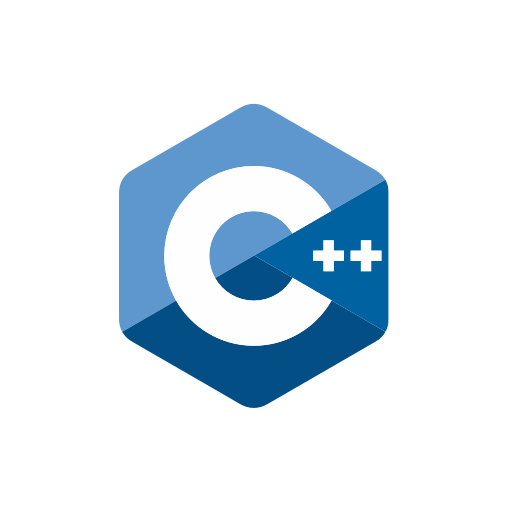C++ Hello World with explanaition

Categories:
2 minute read
We tried to explain the most simple C++ program for beginners.
#include <iostream>
int main() {
std::cout << "Hello, World!" << std::endl;
return 0;
}
The provided code is a simple C++ program that prints “Hello, World!” to the console.
The first line #include <iostream> is a preprocessor directive that includes the iostream standard library. This library allows for input/output operations. In this case, it’s used to output text to the console.
The next part is the main function. In C++, execution of the program begins with the main function, regardless of where the function is located within the code. The main function is defined with the syntax int main(). The int before main indicates that the function will return an integer value.
Inside the main function, there’s a statement std::cout << "Hello, World!" << std::endl;. Here, std::cout is an object of the ostream class from the iostream library. The << operator is used to send the string “Hello, World!” to the cout object, which then outputs it to the console. The std::endl is a manipulator that inserts a newline character and flushes the output buffer.
Finally, the main function ends with return 0;. This statement causes the program to exit and return a status of 0 to the operating system. In the context of the main function, returning 0 typically indicates that the program has run successfully without any errors.
Feedback
Was this page helpful?
Glad to hear it! Please tell us how we can improve.
Sorry to hear that. Please tell us how we can improve.